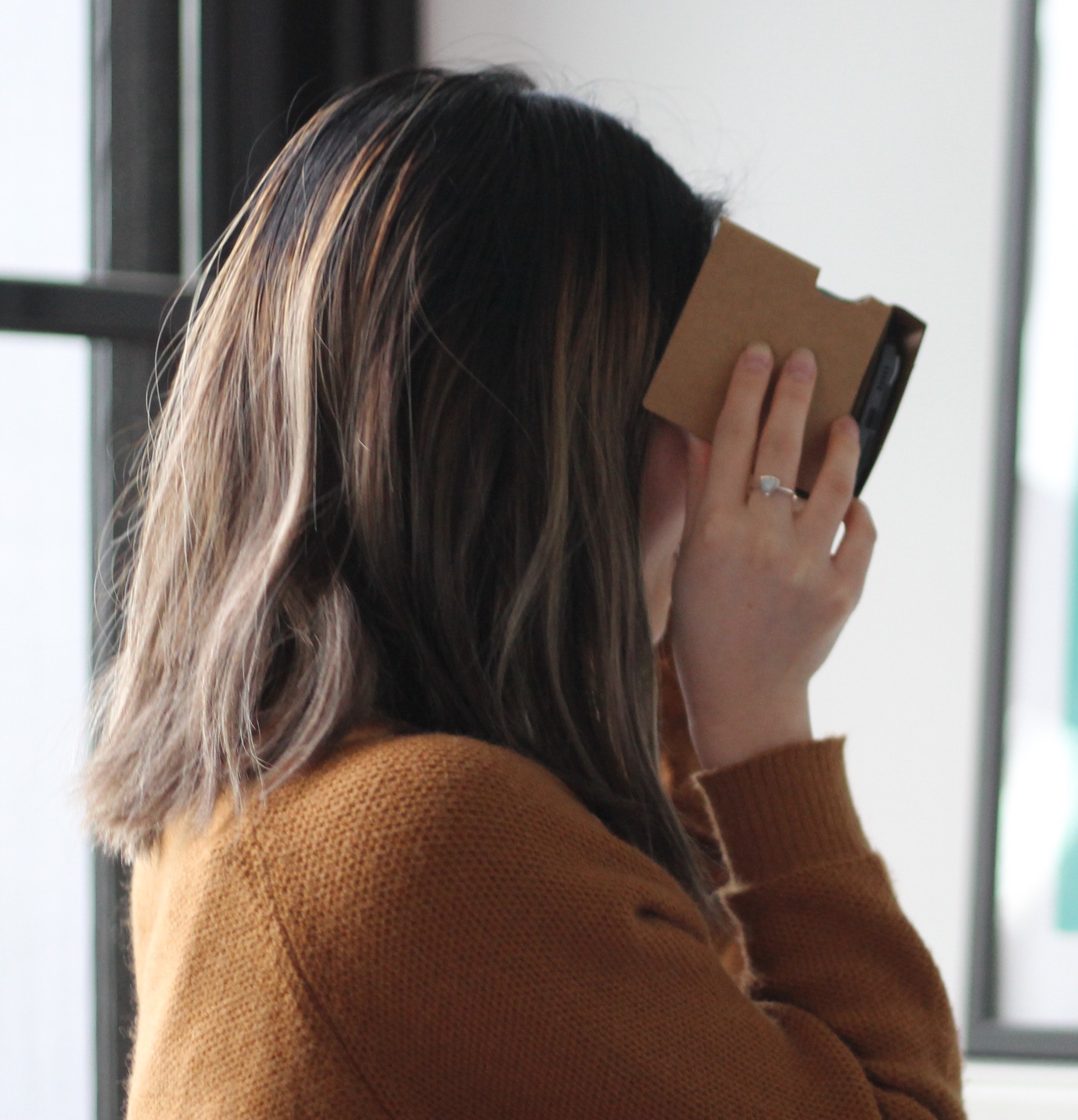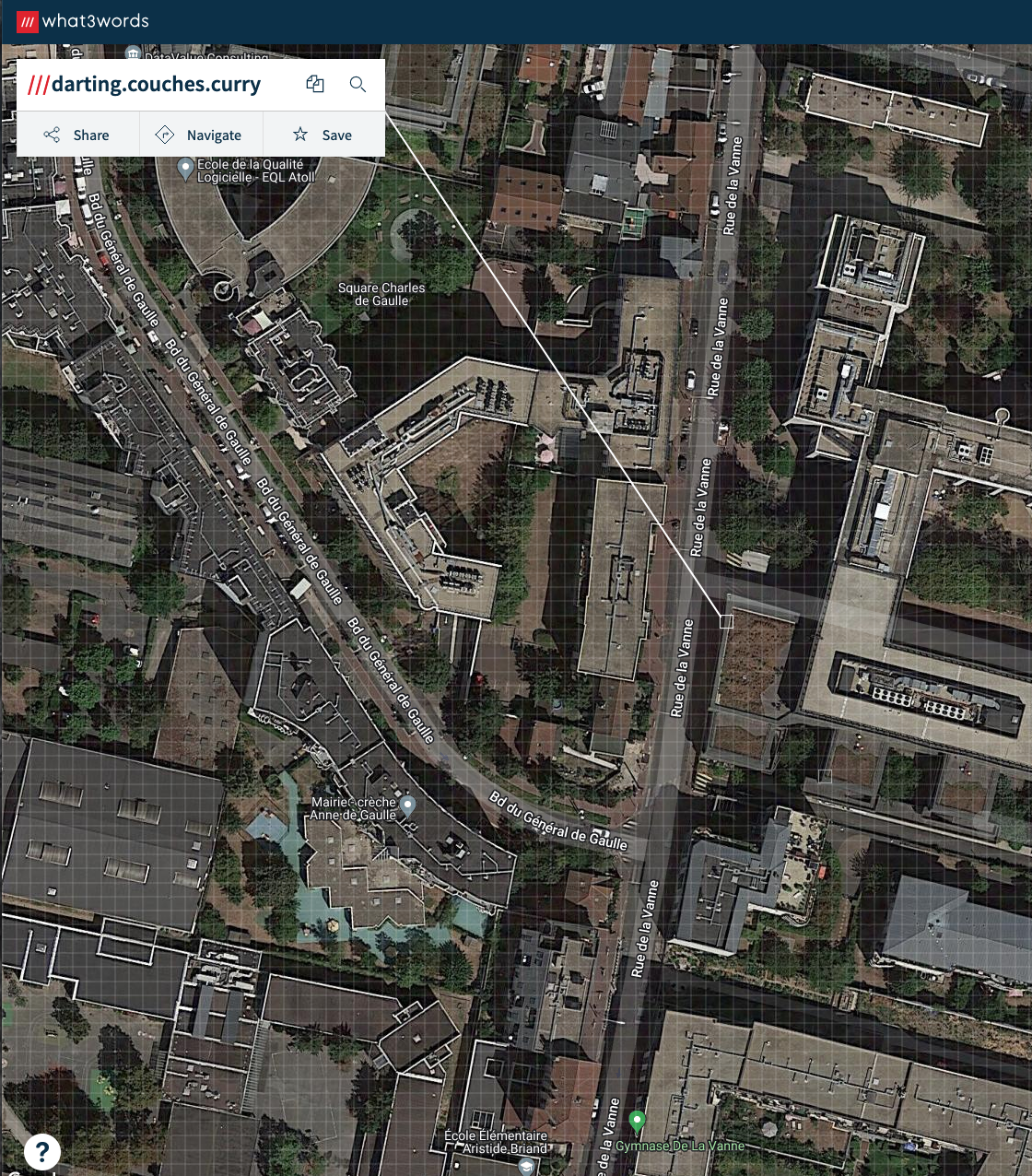Consider creating a Red Cross / Crescent browser extension that filters First Aid searches and uses SEO to return First Aid information from reliable sources i.e. Red Cross / Crescent and its partners.
Ecosystem approach
Work well with other platforms that users utilize for First Aid
The First Aid app exists within an ecosystem of products and services that goes well beyond services offered by the Red Cross / Crescent. Analog sources of information about First Aid that we heard about include word of mouth, classroom materials, radio and books, while digital sources include MOOCS, blended learning, social media, and podcasts.
The reality is that most people who need First Aid information access it through a search engine first. In order to establish the Red Cross / Crescent First Aid app as the top result of these searches, we strongly suggest that the next version is designed to work well with other services within this ecosystem such as search engines, social media platforms (notably those that are commonly accessed for "how to" videos, like YouTube). The Canadian Red Cross's use of TikTok is an excellent example of this.
“I got wound[ed] using a knife and [I checked] the app which really helped, since I googled it first but [got] no definite answer except from the app.”
– Survey respondent, Phillipines
“[...] Google como punto de conexión vía internet.”
Google as a connection point via the internet [would be helpful in future versions of the First Aid app].” –
Survey respondent, Mexico
"Search first" approach
For many people, research on almost any topic begins with an online search. People looking for information on First Aid typically use search engines first. This is true of both trained practitioners and others interested in First Aid topics. With reference to the First Aid app, this means that both a robust in-app search, as well as compatibility with preferred search engines like Google and DuckDuckGo will go a long way to improving the app's UX.
A clear example of the "search first" inclination can be seen in our survey data itself: a search for the occurrence of search-related terms yielded the following results:
+"Google": 25 occurrences
+"search": 92 occurrences
While we are aware that not all 92 occurences of the word "search" relate to a digital search, the above does illustrate that "search first" behaviors are common among users of the current app.
“[I would like to see] a Google bar [in future versions of the First Aid app].”
– Survey respondent, Canada
Products and partnerships that lead users to Red Cross / Crescent-approved content
Beyond search engine optimization, one way to help ensure that search results for First Aid topics return reliable ones from the Red Cross / Crescent, is to create products and partnerships that support this. For example, a First Aid browser extension / plug-in would help people more easily find First Aid information approved by the Red Cross / Crescent.
Design
Recommendations
Red Cross / Crescent First Aid browser extension
In-app links to Red Cross / Crescent-approved content
Provide links to external trusted resources from within the app by integrating Google and other search engines into the app's ecosystem, so that certain types of up-to-date content do not need to be updated by the app's developers.
Alignment with analog content
Ensure that app content and design align well with popular analog sources of First Aid content in the app's ecosystem.
New technology and digital tools
Mobile phone functionality
Thinking of the mobile phone as a gateway to other services will help the app's mobile platform to be used to its fullest potential.
A number of survey respondents suggested utilizing the phone's camera to help First Aid practitioners identify injuries or symptoms requiring First Aid with more precision. This approach has been used by the the British Red Cross to teach where to apply pressure and how much pressure to apply, using the phone's camera and haptics.
Additionally, several Canadian survey respondents suggested using the phone to provide a metronome to assist with CPR and to measure pulse.
“I would suggest a camera option that can identify a wound which will then take you to the page on how to treat it. When internet is available, [I would suggest] emergency assistance [be available] with a [trained] First Aider using camera-to-camera communication to show the issue and discuss how to treat a wound with the user.”
– Survey respondent, Malta
“It’s good to think of the mobile [as a] route to other services.”
– Red Cross stakeholder
Immersive experiences
There is an opportunity to provide app users with immersive AR / VR experiences by using inexpensive tools like Google Cardboard, a virtual reality viewer priced as low as $10. Humanitarian organizations like Médecins Sans Frontières, for example, have used Google Cardboard to supplement the audience experience in their traveling exhibition Forced From Home.

The photo above shows a person using Google Cardboard.
“I have used Google Cardboard and other VR reality tools with life-saver.org.uk. I think it would be a good idea to utilize scenario-based learning to encourage First Aid learners to practice decision-making.”
– Matías Pérez Duclos, Cruz Roja Argentina (Argentinian Red Cross)
Geolocation
A good number of survey respondents said that geolocation functionality would be a helpful addition to the First Aid app. Several respondents from Australia and Canada mentioned what3words , an app that has "given every 3m square in the world a unique 3 word address" that doesn't change. This form of geolocation is reportedly more accurate than GPS and has been used to locate people in situations where WiFi is intermittent.

The screenshot above shows the what3words location "darting.couches.curry" of the Centre Mondial de Référence des Premiers Secours FICR / IFRC Global First Aid Reference Centre in Montrouge, France.
“[It would be helpful to add] what3words for precise geolocation for emergency purposes.”
– Survey respondent, Canada
“[A feature that would be helpful in future versions of the app may be the ability] to activate "emergency mode" and then share one’s position and alert people/friends nearby."
"Kanske kunna aktivera "nödläge" och då dela position och larma folk/vänner i närheten.”
– Survey respondent, Sweden
Respondents also talked about the usefulness of a beacon that they would be able to send out to family / friends nearby via the app.
Using the phone's camera
Consider incorporating a visual recognition tool that works like Google Translate, to use the phone’s camera to help First Aid practitioners identify symptoms.
Precise geolocation
Consider integrating what3words into the new version of the app to assist with geolocation in situations where GPS is imprecise or unavailable, and to provide directions to hospitals, clinics and veterinary clinics.
Immersive experiences
Consider using immersive experiences such as augmented and virtual reality to supplement scenario-based, experiential learning to develop decision-making capacity amongst First Aid students. This could start by providing Google Cardboard viewers to select First Aid trainers and their students.
Haptics and sounds
Consider including a timer and / or metronome to assist with CPR. This could also be extended to include haptic feedback to reinforce instructions provided via the app.